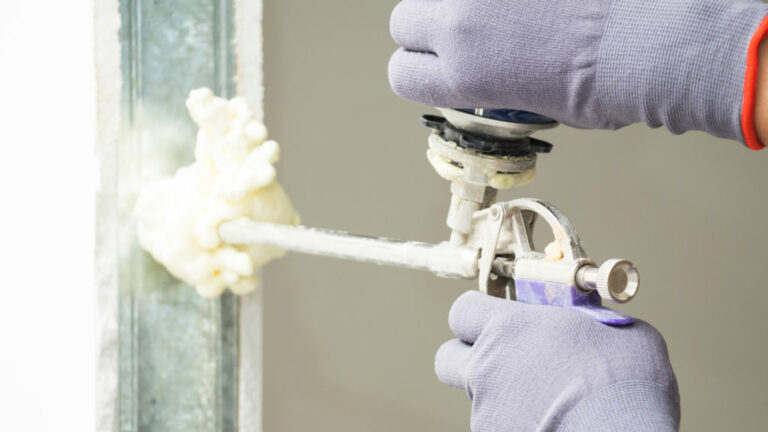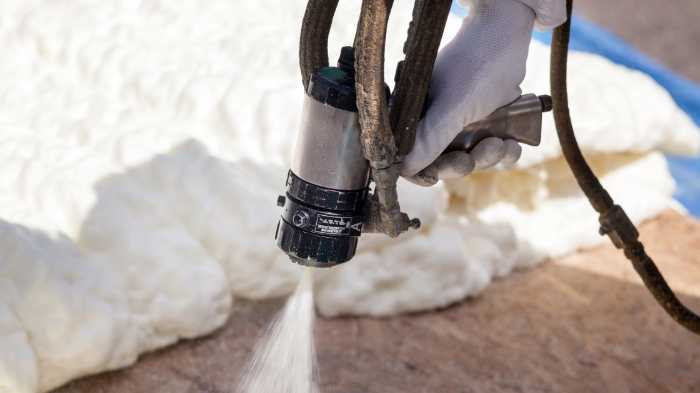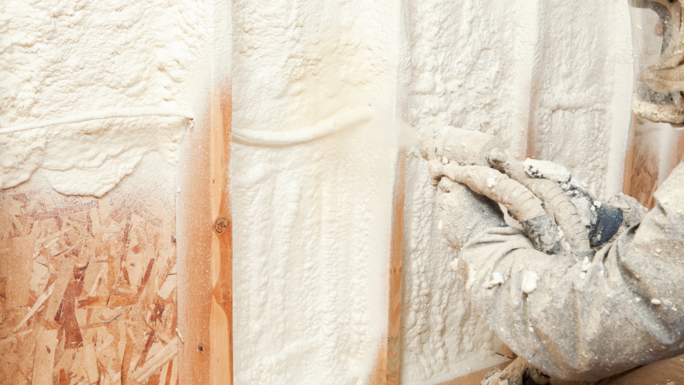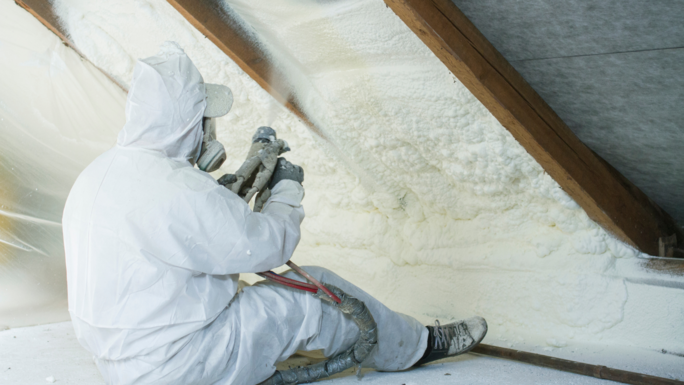Home Insulation
Home Insulation
Your comfort is our priority!

How do I insulate better in Massachusetts?
Insulation comes in many different materials and can be installed using several different techniques. Before we look at the different types of insulation, we need a way to compare the effectiveness of one type of insulation against another.
Measuring Effectiveness
Being able to determine how effective different types of insulation are is essential in choosing which type to use. The purpose of insulation is to stop the transfer of heat and each type of insulation has a rating of how well the material resists heat flow through it. The higher the R-value, or resistance value, the greater the material resists heat flow, therefore the greater its insulating capability.
Which Insulation Is the Right Choice?
Determining which insulating material is right for you depends on what area of the home needs insulating, how much insulating power is necessary, and how many square feet you need to install. Comparing your needs with your budget will help make sure you get the best material for your home.
Fiberglass
-
Fiberglass is one of the most common materials used for insulation. It is made from very fine fibers of glass and usually comes in rolls, duct insulation pieces, or loose-fill. Most fiberglass batts have an R-value of around 3.7 per inch and its effectiveness can be increased by layering the batts. Fiberglass insulation is a popular choice among homeowners because it is easy to obtain, easy to install, and it is relatively inexpensive.
Other
-
Cotton – Made frotic and fire-retardant minerals, com 85% recycled cotton along with plastton insulation is available in batts and rolls and has an R-value around 3.4 per inch.
-
Wool – Typically sheep’s wool is used and it is treated with the same minerals as other fibrous insulation for fire resistance and has an R-value around 3.5 per inch.
Cellulose
-
Another common choice, cellulose, is made from about 85% recycled paper with minerals added to create a fire and insect-resistant material. It has an R-value of about 3.7 per inch and is installed using a specialized blower machine that sprays several inches of the material into the space.
Adding insulation to your home can be quick and clean. In many cases, installation can be performed in a single visit. Find out how well your current insulation stacks up by scheduling a free Energy Audit today.
Air Sealing
Properly air sealing cracks and openings in your home can significantly reduce heating and cooling costs. Air infiltration can account for 30 percent or more of a home’s heating and cooling costs and contribute to problems with moisture, noise, dust, and the entry of pollutants, insects and rodents.
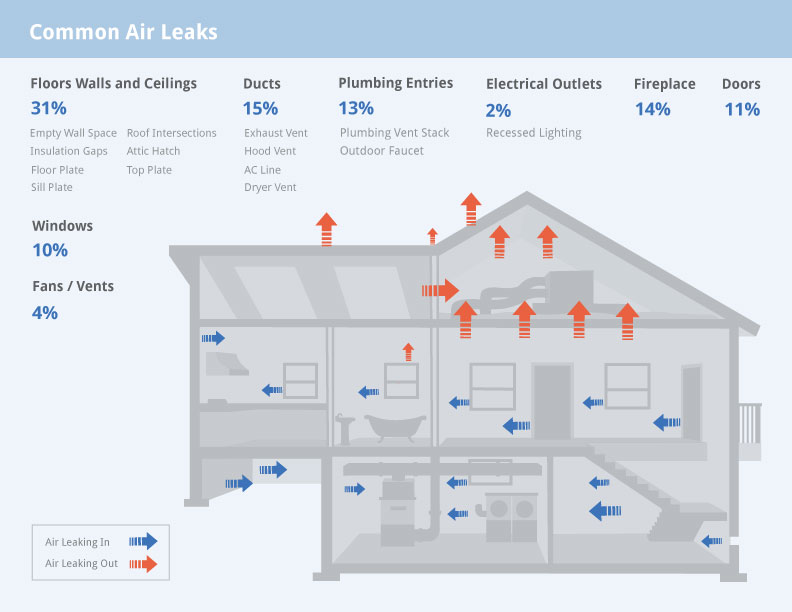
Blower Door Tests
It´s not always easy to find where your energy is escaping. This is why Wattson Home Solutions will perform a Blower Door Test that forces air through your home. This helps to reveal the areas where conditioned air is escaping and determines your home´s air tightness. Your Wattson Home Solutions Advisor will then do a visual, spot-test inspection of your home while looking for each area of air leakage often with the use of a thermal imaging camera.
- Better understand your home’s energy loss.
- Reducing energy consumption due to air leakage.
- Avoiding moisture condensation problems.
- Avoiding uncomfortable drafts caused by cold air leaking in from the outdoors.
During your home´s Air Sealing project, we stop air leaks with caulk, foam and other materials. Depending on the size of your home, most installations are completed within a single visit. Are you a homeowner in Worcester County? Schedule your no-cost home energy audit now!
Thermal Imaging
Energy auditors use thermography as a tool to help detect heat losses and air leakage in building envelopes.
Is your home well insulated but you suspect you have missing insulation in your home? Are there cold and drafty areas, and you wonder just how much or what is missing. Did your builder miss something? Are you paying higher utility bills as a result?
Infrared thermography is a well-accepted method of imaging and evaluating the thermal efficiency of building insulation, doors, windows and other penetrations, along with the performance and condition of heating and cooling systems. Temperature deviations which may indicate larger problems are rendered visible, allowing improvements to be carried out with certainty. No matter the age of the structure, an infrared scan always proves beneficial, providing fast detection for fast action!
View our Insulation techniques!
